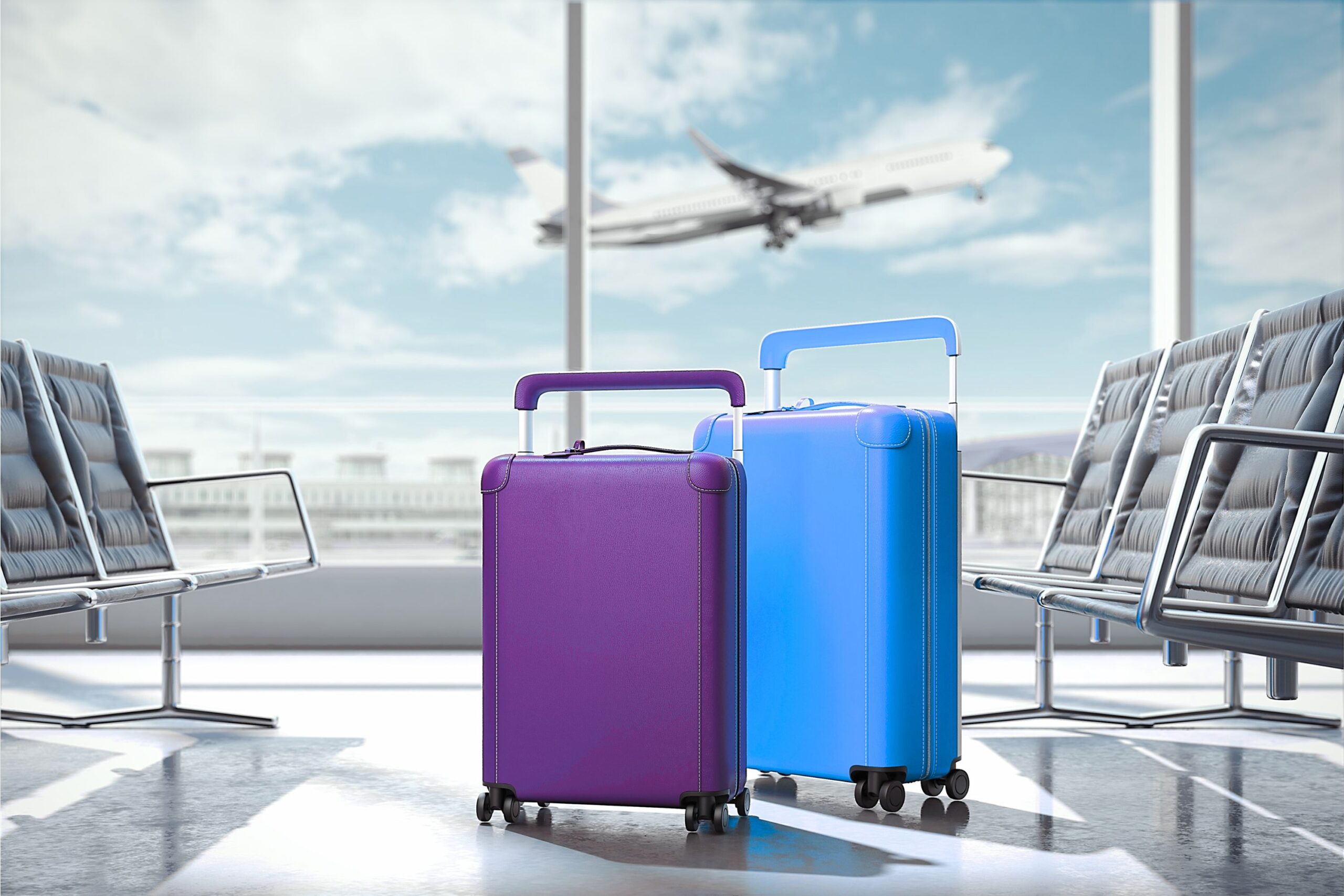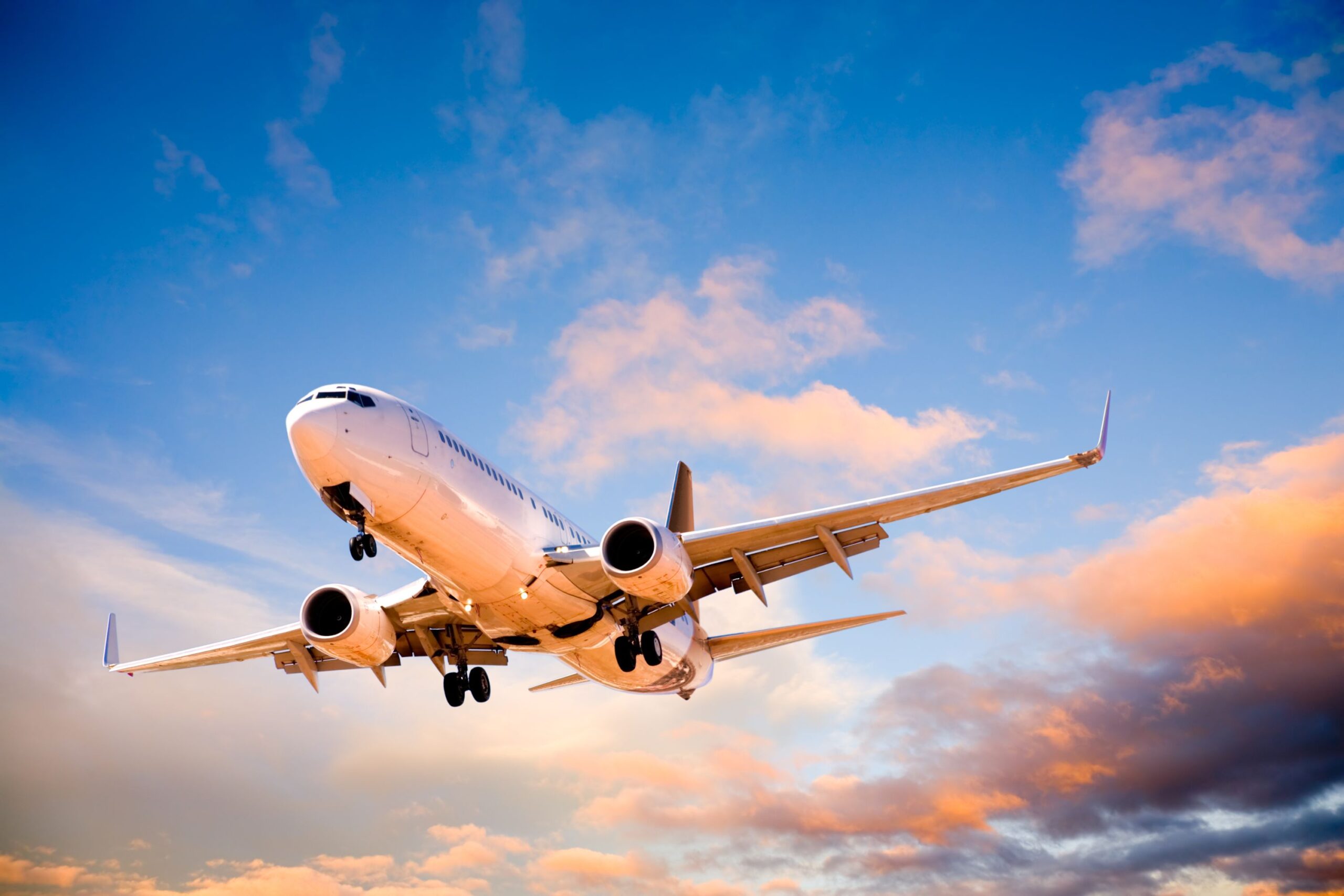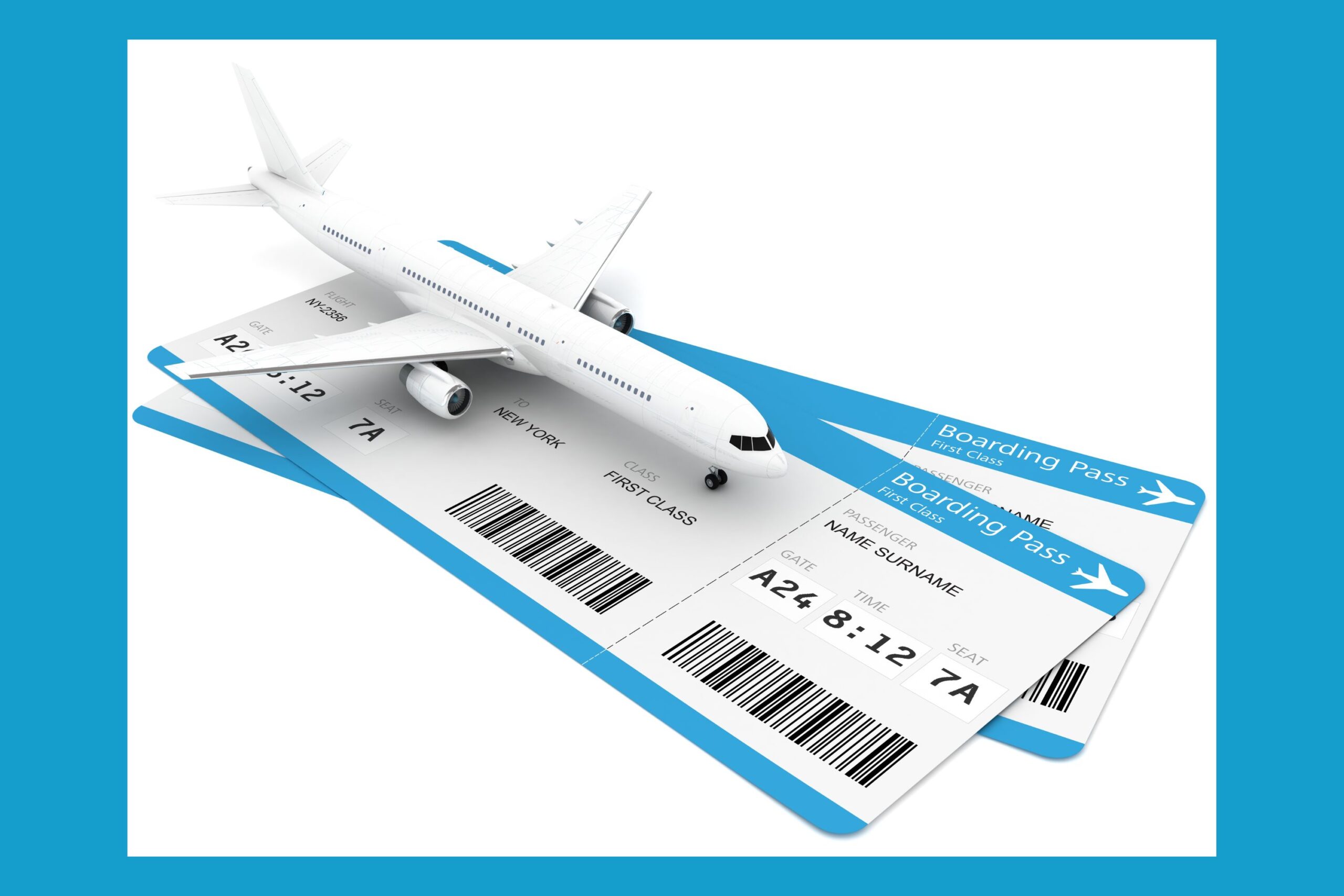Booking a flight can be exciting – until baggage fees sneak in and turn a great deal into a costly surprise. The truth is, baggage policies aren’t the same across all airlines, and what’s included in your ticket can vary significantly depending on the airline, route, and class of service. If you’ve ever stood at a check-in counter wondering why your bag suddenly costs $75 to fly, you’re not alone.
Here’s what to know before you click “book.”
There’s No One-Size-Fits-All
Some airlines include a carry-on and a checked bag. Others barely allow a personal item without charging an extra fee. It all depends on the airline’s pricing model. For example, full-service carriers such as Emirates, Lufthansa, or Singapore Airlines typically include at least one checked bag, even in economy class. Meanwhile, low-cost carriers such as Ryanair, Frontier, or Spirit offer stripped-down base fares that require paying for nearly everything beyond the seat itself.
Before finalizing a ticket, verify what is included. Go beyond the price and look at the fare type. “Basic Economy” may appear appealing at first glance, but it comes with strict luggage limits, no seat selection, and even boarding restrictions.
Understand Carry-On Rules (They’re Not All the Same)
Not all carry-ons are treated equally. While most major airlines allow one carry-on plus a personal item, the size and weight limits vary. European carriers are especially strict. Some even weigh carry-ons at the gate. If your bag exceeds the limit, they may inspect it and charge you accordingly.
For example:
- Air France allows a carry-on up to 12 kg (26 lbs).
- United Airlines allows a carry-on with no strict weight limit, but size matters: the maximum dimensions are 22 x 14 x 9 inches.
- Ryanair only allows a small personal item in basic fares—carry-ons require an upgrade.
It pays to measure your bag and check the specific policy for your airline and fare class.
Checked Bag Pricing Can Vary Widely
Checked baggage costs can range from free to over $ 100 each way. Domestic flights in North America often charge around $30–$35 for the first checked bag. But if you’re flying internationally, a bag might be included.
What makes things tricky is how dynamic these prices can be:
- Buying baggage during booking is usually cheaper than adding it later.
- At the airport, expect a surcharge.
- Extra fees apply if your bag exceeds the weight limit—typically 23 kg (51 lbs) for economy.
Some airlines, such as JetBlue or American, offer bundled fares that include checked bags and seat selection. If you need a bag anyway, these bundles might save you money.
Don’t Overlook Size and Weight Limits
Weight limits are more strictly enforced than ever. Even if your bag fits in the overhead bin or under the seat, weight matters – especially on international or budget carriers.
Going over the weight limit often triggers steep excess baggage fees. For example, going just 2 kg over the allowed 23 kg could cost over $ 100 on some long-haul flights. A portable luggage scale can save you serious cash (and stress) at the airport.
Sports Gear and Odd-Sized Items? Read the Fine Print
Bringing golf clubs, skis, a bike, or musical instruments? Every airline handles these items differently. Some airlines count them as part of your checked baggage allowance, while others charge a specific fee for sports equipment.
Oversized or overweight luggage is another category entirely, with its fee structure. If you’re moving abroad, going on a long trip, or packing special gear, always check the airline’s special baggage section before booking a flight.
Baggage Policies by Region: A Quick Snapshot
- North America: Expect to pay for checked bags on most economy tickets.
- Europe: Budget airlines often charge for both carry-on and checked bags unless you buy priority boarding or a higher fare.
- Asia: Many full-service carriers offer generous allowances; budget options, such as AirAsia or Scoot, charge for nearly everything.
- Middle East: Emirates, Qatar, and Etihad are more generous, often allowing 30 kg or more in economy on international routes.
The key takeaway? Region matters just as much as the airline when it comes to what’s included.
Use the Airline’s Baggage Calculator
Before you book – or at least before you check in – visit the airline’s website and use their baggage calculator. It’ll show what’s included for your specific route and fare, as well as what you’ll pay for extras. It only takes a minute and can prevent unexpected charges at the airport.
FAQs
1. Why do baggage policies vary so much between airlines?
Each airline sets its own baggage policies, based on factors such as ticket price, route, aircraft type, and operational costs. Low-cost carriers often unbundle services to keep base fares low, while full-service airlines may include more generous allowances in their ticket price.
2. What’s the difference between a carry-on, personal item, and a checked bag?
A carry-on is a small suitcase or duffel bag stored in the overhead bin. A personal item, such as a backpack or handbag, fits under the seat in front of you. A checked bag is stowed in the aircraft’s cargo hold and usually incurs extra fees unless included in your fare.
3. Are baggage allowances different for international and domestic flights?
Yes, most airlines offer more generous baggage allowances for international flights. However, this can vary greatly depending on the airline, ticket class, and even the country of origin or destination, so it’s essential to review the policy for each specific flight.
4. Can I combine baggage weight if I’m flying with someone else on the same booking?
Generally, airlines do not allow passengers to combine baggage allowances, even if traveling together. Each ticketed traveler is responsible for keeping their luggage within the permitted weight and size limits.
5. What happens if my bag is slightly over the weight limit?
Even a few extra pounds or centimeters can result in excess baggage fees, which are often steep. Some airlines may allow minor leniency, but most strictly enforce limits, especially on busy or budget routes. Weigh your bag before leaving home to avoid surprises.
6. Do baggage policies apply the same way for children and infants?
Not always. Infants without their seat often receive minimal or no baggage allowance, while children with a seat usually get the same allowance as an adult. Some airlines also allow strollers or car seats to be checked for free — check in advance.
7. How can I find an airline’s baggage policy before I book?
The easiest way is to check the airline’s official website under “Baggage” or “Fees” sections. Booking platforms also display baggage info at checkout, but it’s smart to double-check directly with the airline to ensure accuracy and avoid unexpected charges later.
8. Do all airlines allow a free carry-on bag?
No, not all airlines include a free carry-on in their basic fares. Some low-cost carriers may charge for carry-on bags or only allow a personal item. It’s essential to review the inclusions before booking.
9. How do baggage fees vary between domestic and international flights?
Baggage fees on international flights are often included in the fare, while domestic flights—especially on budget airlines—frequently charge extra. Policies also differ depending on the destination and ticket class.
9. Can I combine luggage allowance when traveling with family or friends?
Most airlines treat each passenger’s baggage allowance individually. However, some carriers may allow combined weight limits for families or groups if tickets are booked under the same reservation—always confirm with the airline.
10. Do baggage policies differ between codeshare and connecting flights?
Yes, codeshare flights (operated by a partner airline) may follow different baggage rules. Always confirm which carrier’s policies apply if your itinerary includes multiple airlines.




